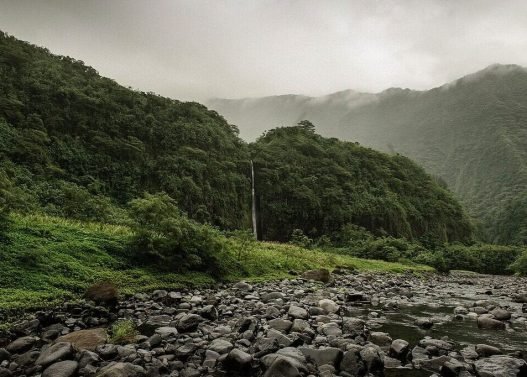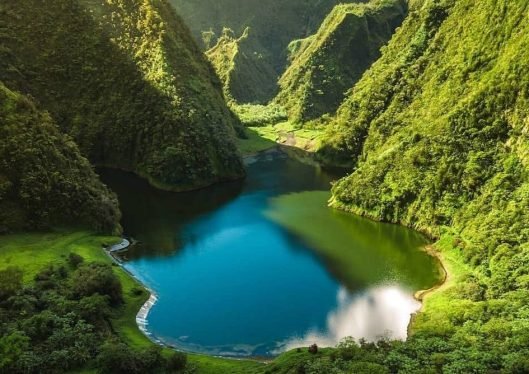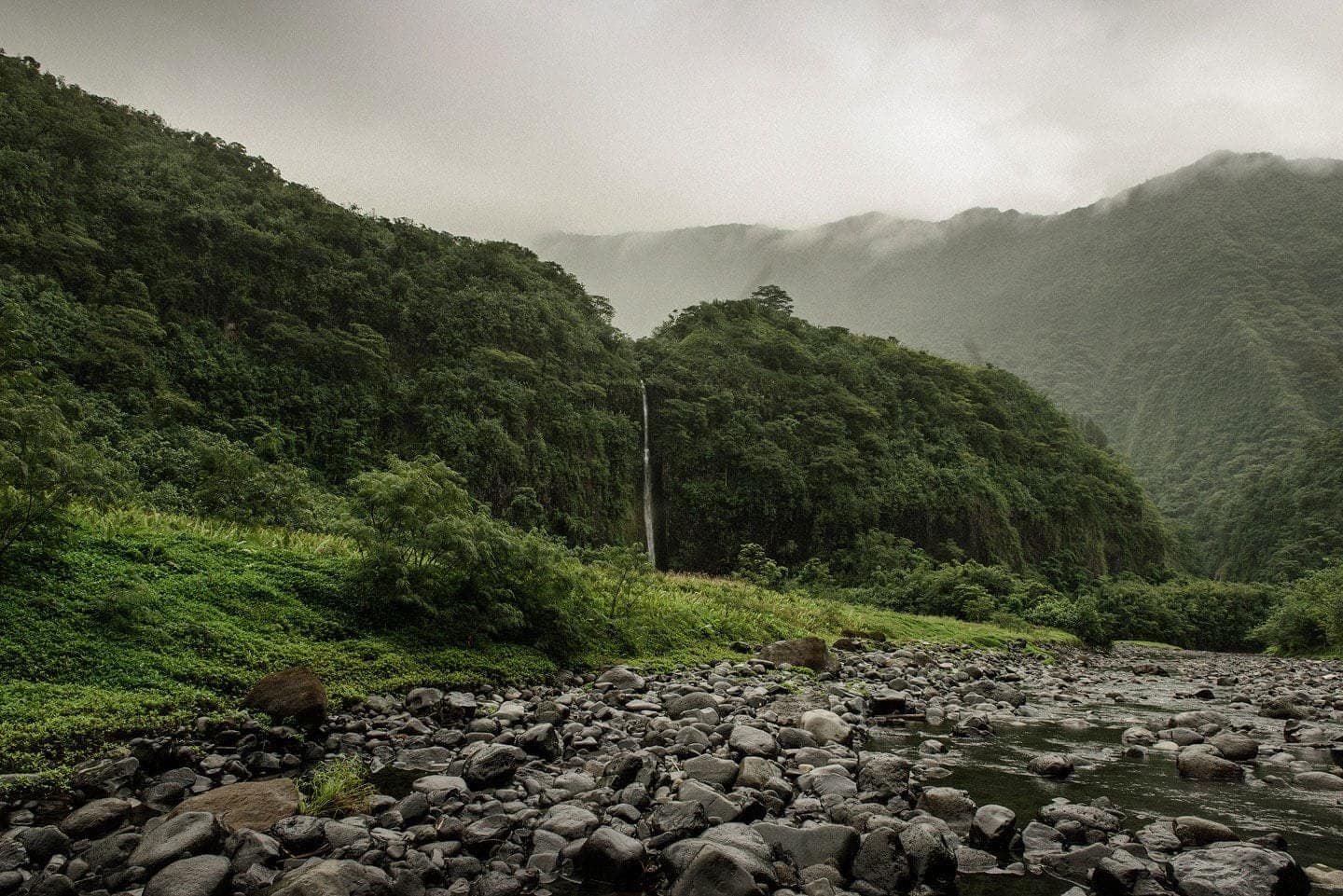The discreet spirit of Tahiti’s rivers
Written by : Raimoana Tchin noa
You may have already spotted it, gliding between the rocks of a stream, like a silent shadow. The eel, or puhi in Tahitian, is not just a fish: it is one of the spirits of the rivers. Present, discreet, almost sacred. In Polynesia, eels are not hunted. They are respected. They are observed. They are allowed to live their peaceful lives in the cool waters, where the visible world meets the invisible.
Some can reach impressive sizes, up to two meters long with deep blue, almost hypnotic eyes. For many, they are messengers of the gods, symbols of fertility, prosperity, or balance.


Legend of the Royal Eel of Vaihiria in Mataiea
In stories passed down by word of mouth, the eel is not just an aquatic creature, but sometimes a descendant of the gods. According to legend, the eel brings abundance wherever it swims. In the valleys of Tahiti, particularly in Mataiea, legend has it that Ahu’ura, a woman from this community, united with the god Tetua’airoro. From this union was born a mysterious being, not a human… but an eel.
Frightened, Ahu’ura fell backwards, giving her name to the nearby mountain: Tetufera, which means “backwards” in Tahitian. Not having the heart to destroy it, she placed the eel in the deep waters of Lake Vaihiria.
One day, a warrior from Mahina, Tauarii, came face to face with the eel while crossing a river. Curious and fearless, it wrapped itself around his leg. He captured it and took it to a pond in Papaoa (the former name of Arue). But from that day on, everything went wrong in Mataiea: incessant rain, barren trees, famine. A woman named Tauatea understood that the source of the imbalance came from the lake. She promised the god (the god of the lake) to bring him back the eel. Her daughter, Teaha, a famous dancer, went to Mahina and seduced Tauarii. To recover the eel, Teaha devised a stratagem: she made Tauarii believe she was pregnant and demanded rare food, until he went to sea. During his absence, she placed the eel’s head in a calabash (hue) and brought it back to Lake Vaihiria. An old man told them to consecrate the eel in a marae named “Nuutafaratea” by striking it with “auti” leaves. After the sacred Nuutafaratea ceremony, the eel was consecrated as Fa’aravai a nu’u (royal eel), and Mataiea regained its abundance.
A deep connection with Polynesian memory
Even today, some families and valleys protect “their” eel. They feed it, talk to it, and treat it almost like an ancestor. This is because it represents more than just its form: it is memory. Memory of water, memory of time. It reminds us that nothing is fixed, that everything flows, evolves, and eventually returns to its origin. And then, it teaches us something essential: that we cannot take everything from nature without consequences. As long as it swims in the rivers of our islands, the puhi whispers an ancient lesson to us: to live in peace with water, all living beings, and the spirits of the fenua.

